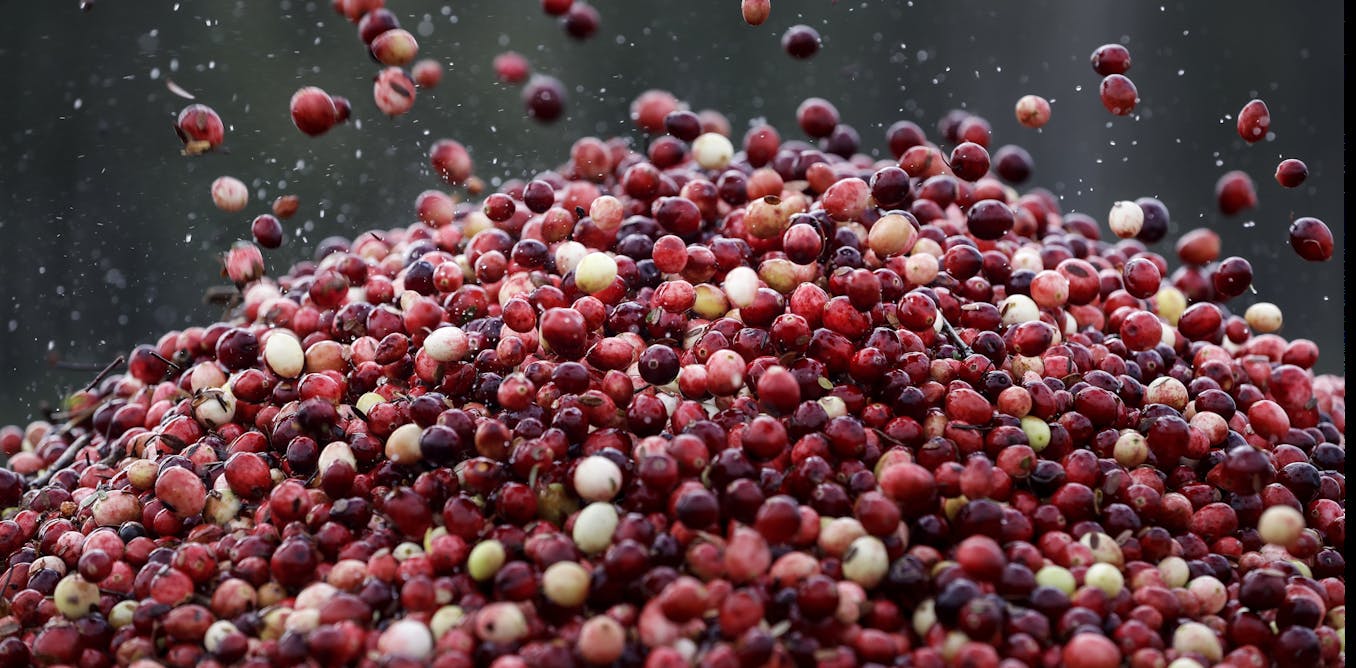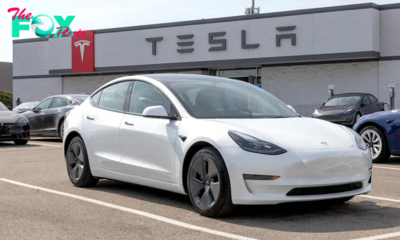Technology
UN food aid deliveries by AI robots could begin next year
AI-powered robotic vehicles could deliver food parcels to coNFLict and disaster zones by as early as next year in a move aimed to spare the lives of humanitarian workers, a World Food Programme (WFP) official told Reuters.
Attacks against aid workers have intensified in recent years amid the highest number of violent coNFLicts since World War Two, according to the United Nations. WFP, the UN's food aid agency, alone lost three workers earlier this year in Sudan's coNFLict.
"Sometimes it's too dangerous to send in a driver or WFP staff. So using that Technology could actually be a step change," said Bernhard Kowatsch, who heads the WFP's innovation department.
Kowatsch was speaking on the sidelines of a conference organised by the International Telecommunication Union in Geneva to make the case for AI to help reach UN global goals, such as eliminating hunger.
The trucks are amphibious and can carry about 1-2 tonnes of food each. They were first conceived during the battle for Syria's Aleppo, between 2012 and 2016, when humanitarian workers struggled to get aid to besieged parts of the city, Kowatsch said.
Air drops were expensive and required large spaces not readily available in that part of Syria, he said.
The UN agency is already using about 50 of the vehicles in South Sudan but they currently require drivers. As part of the AHEAD (Autonomous Humanitarian Emergency Aid Devices) project with the German Aerospace Center (DLR), WFP will test them without drivers early next year, Kowatsch said.
AI is used to combine data gleaned from various sources including satellite and sensors, allowing remote drivers to steer the vehicles.
South Sudan, where some 7.7 million people face severe food insecurity and flooding hampers access, is set to be the first place for the roll-out, Kowatsch said.
-

 Technology7h ago
Technology7h agoOpioid-free surgery treats pain at every physical and emotional level
-

 Technology7h ago
Technology7h agoMeat has a distinct taste, texture and aroma − a biochemist explains how plant-based alternatives mimic the real thing
-

 Technology2d ago
Technology2d agoAI harm is often behind the scenes and builds over time – a legal scholar explains how the law can adapt to respond
-

 Technology3d ago
Technology3d agoAwkwardness can hit in any social situation – here are a philosopher’s 5 strategies to navigate it with grace
-

 Technology3d ago
Technology3d agoNo need to overload your cranberry sauce with sugar this holiday season − a food scientist explains how to cook with fewer added sweeteners
-

 Technology4d ago
Technology4d agoThere Is a Solution to AI’s Existential Risk Problem
-

 Technology4d ago
Technology4d agoUS pushes to break up Google, calls for Chrome sell-off in major antitrust move | The Express Tribune
-

 Technology4d ago
Technology4d agoPublic health surveillance, from social media to sewage, spots disease outbreaks early to stop them fast


























